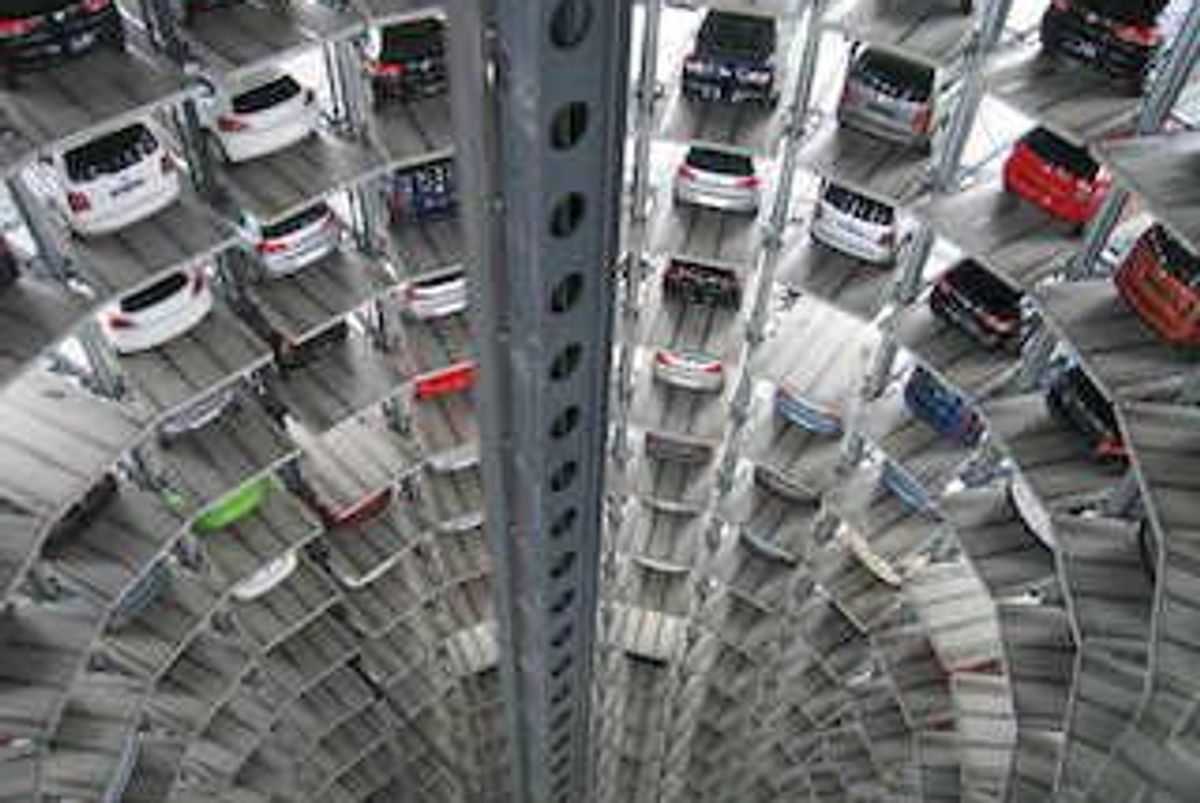- AustraliaNorth AmericaWorld
Investing News NetworkYour trusted source for investing success
- Lithium Outlook
- Oil and Gas Outlook
- Gold Outlook Report
- Uranium Outlook
- Rare Earths Outlook
- All Outlook Reports
- Top Generative AI Stocks
- Top EV Stocks
- Biggest AI Companies
- Biggest Blockchain Stocks
- Biggest Cryptocurrency-mining Stocks
- Biggest Cybersecurity Companies
- Biggest Robotics Companies
- Biggest Social Media Companies
- Biggest Technology ETFs
- Artificial Intellgience ETFs
- Robotics ETFs
- Canadian Cryptocurrency ETFs
- Artificial Intelligence Outlook
- EV Outlook
- Cleantech Outlook
- Crypto Outlook
- Tech Outlook
- All Market Outlook Reports
- Cannabis Weekly Round-Up
- Top Alzheimer's Treatment Stocks
- Top Biotech Stocks
- Top Plant-based Food Stocks
- Biggest Cannabis Stocks
- Biggest Pharma Stocks
- Longevity Stocks to Watch
- Psychedelics Stocks to Watch
- Top Cobalt Stocks
- Small Biotech ETFs to Watch
- Top Life Science ETFs
- Biggest Pharmaceutical ETFs
- Life Science Outlook
- Biotech Outlook
- Cannabis Outlook
- Pharma Outlook
- Psychedelics Outlook
- All Market Outlook Reports
Rights Issue and Shortfall

Palladium prices are up, but the precious metal relies heavily on robust auto sales.
Palladium prices have rallied by an impressive 24 percent in 2017. The metal sank to $657.50 per ounce in December 2016, and since then has risen fairly steadily to its current price of $856.60.
However, low holdings in palladium-backed exchange-traded funds (ETFs) and lackluster auto sales have some market watchers worried about the precious metal‘s prospects this year.
According to Bloomberg, holdings in palladium-backed ETFs have remained close to a seven-year low since January. The news outlet reported on June 4 that the $8-billion Baillie Gifford Diversified Growth Fund reduced its position in ETFS Physical Palladium Shares (ARCA:PALL) following its exit from Source Physical Palladium late last year.
Interestingly, investing in palladium ETFs is a relatively new option in comparison with gold or silver ETFs, which are more established. The first US-traded physically backed palladium ETF was only launched in January 2010. Zacks has categorized ETFS Physical Palladium Shares as having a high-risk outlook.
Auto sales a concern
As mentioned, another potentially concerning trend for palladium prices is the slowing of auto sales in the US, China and Europe. The metal is used in catalytic converters, and recent data from the China Association of Automobile Manufacturers shows that although vehicle sales were up in the country by 4 percent in March, they fell 2.2 percent in April.
The group is still forecasting a 5-percent increase in Chinese auto sales for all of 2017, but over the last four months growth was slower than expected at 4 percent. An increase in the country’s tax on vehicles with engines of 1.6 liters or less may be contributing to the the fall.
US auto sales also fell in May for the fifth straight month and were down 1 percent from previous year. Tom Libby, an industry analyst with IHS Markit, told The Associated Press that sales will keep falling in 2017 because demand for new cars has been satisfied and people are choosing to keep their vehicles for longer periods of time.
Vehicle sales in the US are also being hampered by auto loan debt, which Forbes says is over a trillion dollars. Lenders are making it more difficult for people with weak credit to get auto loans — S&P Global Ratings says subprime lenders are losing money at the highest rate since 2008.
In the European Union, car sales rose 4.7 percent over the first four months of 2017, but fell by 6.6 percent in April, the first year-on-year decline in five years. Demand decreased the most sharply in the UK in April, and Spain was the sole European Union market that recorded growth. The fall in April came after an 11.2-percent increase in auto sales in March.
In contrast, auto sales rose 11 percent in Canada in May, breaking the previous April record. Scotiabank Senior Economist Carlos Gomes told Reuters that discounts can explain the strong May sales, and called Canada “incentive heaven” for the auto market.
The future for palladium
With auto sales declining and interest in palladium-backed ETFs on the low side, many market watchers are wondering whether palladium’s 2017 price run may be reaching an end. But are they justified?
At least some experts believe that despite slowing demand there will still be a palladium deficit this year. For instance, Johnson Matthey (LSE:JMAT) said that in 2017 there will be a production deficit of 792,000 ounces, a much larger gap than the 2016 shortfall of 163,000 ounces.
Overall, there doesn’t seem to be a consensus amongst analysts yet. Summing up the situation, Jeffrey Christian of CPM Group told Bloomberg, “[t]he auto market in the U.S. and China is in the matured stage of its upward cycle.” He added, “[t]here is some concern, that while the palladium market is strong, it’s strong partly because auto sales have been relatively good in those two markets, but how much longer can it continue?”
Don’t forget to follow us @INN_Resource for real-time news updates!
Securities Disclosure: I, Melissa Shaw, hold no direct investment interest in any company mentioned in this article
Outlook Reports
Featured Precious Metals Stocks
Browse Companies
MARKETS
COMMODITIES
| Commodities | |||
|---|---|---|---|
| Gold | 2350.93 | -12.78 | |
| Silver | 28.62 | +0.48 | |
| Copper | 4.38 | +0.12 | |
| Oil | 84.41 | -1.25 | |
| Heating Oil | 2.64 | -0.05 | |
| Natural Gas | 1.72 | -0.05 | |
Investing News Network websites or approved third-party tools use cookies. Please refer to the cookie policy for collected data, privacy and GDPR compliance. By continuing to browse the site, you agree to our use of cookies.